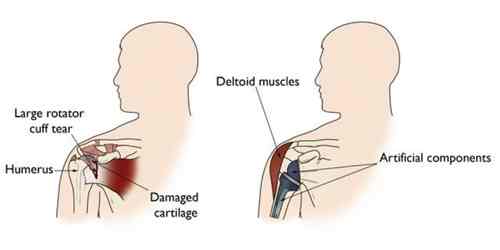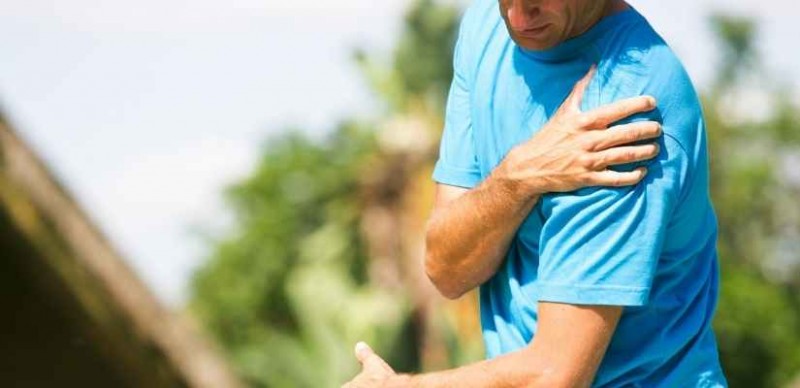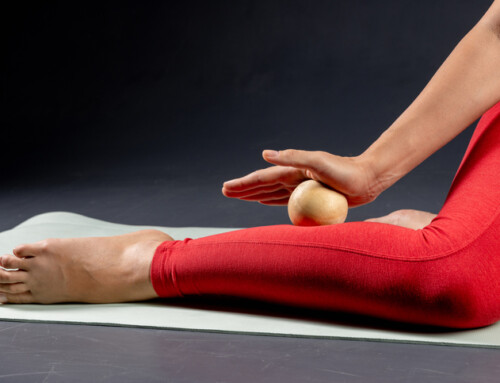by Manin Mathew, SPT
What is a Reverse Shoulder Replacement?
Reverse shoulder replacement surgery is a type of surgery that consists of using a prosthetic ball that is fixed to the socket and the plastic cup is fixed to the upper end of the humerus. As such, reverse shoulder replacement relies on the deltoid muscle, instead of the rotator cuff muscles to position the arm. This type of surgery is known as reverse shoulder replacement because the placement of the prosthetics are opposite of normal anatomical structures.
Candidates for a Reverse Shoulder Replacement
- A previous shoulder replacement that was unsuccessful
- A tumor of the shoulder joint
- Individuals who may experience chronic shoulder dislocations
- A complex fracture of the shoulder joint
- Cuff tear arthroplasty
- A completely torn rotator cuff that cannot be repaired
- Severe shoulder pain and difficulty lifting your arm away from your side or over your head
- Used other treatments, such as rest, cortisone injections (meds), and physical therapy that have not relieved pain
Outcomes

(Left) Rotator cuff arthropathy. (Right) The reverse total shoulder replacement allows other muscles — such as the deltoid — to do the work of the damaged rotator cuff tendons. AAOS. OrthoInfo. https://orthoinfo.aaos.org/en/treatment/reverse-total-shoulder-replacement/
Although more research is needed, early studies indicate this type of surgery is promising. Individuals who undergo reverse shoulder replacement will most likely be able to lift their arm to just above shoulder height and bend elbow to reach the top of their head after rehabilitation.
Capital Area Physical Therapy serves the Upstate NY Malta / Saratoga / Glens Falls and Queensbury region with physical therapy services designed to provide quality care and improve quality of life. Call (518) 289-5242 to schedule an evaluation at any of our locations, or to learn more about the services provided by our physical therapists.
References
1. Chelli M, Lo Cunsolo L, Gauci MO, et al. Reverse shoulder arthroplasty in patients aged 65 years or younger: a systematic review of the literature. JSES Open Access. 2019;3(3):162-167. Published 2019 Sep 11. doi:10.1016/j.jses.2019.06.003
2. Reverse total shoulder replacement – orthoinfo – AAOS. OrthoInfo. . Accessed June 26, 2022.






